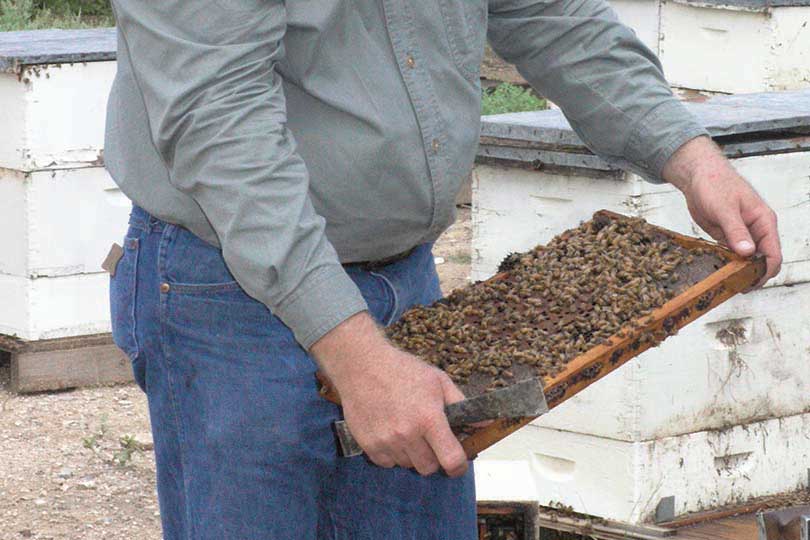The number of honey bee colonies lost last year is down from the previous year and shows an improvement over the 10-year average, according to the latest survey released by the Bee Informed Partnership in collaboration with the Apiary Inspectors of America (AIA).
This was the 11th annual national survey of honey bee colony losses, according to Southwest Farm Press.
Colony loss estimate for the winter of 2016-2017 was 21.1 percent of the colonies managed in the United States, an improvement of 5.8 percentage points over the 2015-2016 winter. The loss is also below the 10-year average total winter loss rate of 28.4 percent.
Winter loss is evaluated on losses from October through March.
Summer loss is also lower, according to the latest survey. The 2016 summer loss rate was 18.1 percent. The total loss for the year was 33.2 percent, April through March, and represents the second lowest rate of colony loss recorded over the past seven years.
The survey recorded responses from 4,963 beekeepers, representing 363,987 colonies, some 13 percent of the country’s estimated 2.78 million managed honey-producing bee colonies.
The bee colony watch groups are applauding the positive signs but they still point out that continued vigilance and cooperation among all stakeholders will be necessary to reduce losses even more.
“Beekeepers, farmers, businesses and NGOs have made tremendous progress supporting honey bee health,” said Julie Shapiro, the facilitator of the Honey Bee Health Coalition and a senior policy director at the Keystone Policy Center. “These results show movement in the right direction, but more collaboration and broad-based strategies are needed to further reduce overwintering losses.”
The survey asks both commercial and small-scale beekeepers to track the survival rates of their honey bee colonies.
“This is terrific news for everyone who cares about bee health,” Dick Rogers, principal scientist and beekeeper for the Bayer Bee Care Program in North America. “As I reported last month, we are not out of the woods, but there is a reason for optimism, given the industry’s commitment to protect these vital pollinators.”
Daniel Downey, executive director of Project Apis m., also said more work needs to be done.
“These continued and sustained heavy losses—year after year—show the urgency for working to address the variety of factors and drivers of honey bee health,” Downey said. “Honey bees are integral to modern agriculture, and there is no available replacement for what commercial pollinators do.”

